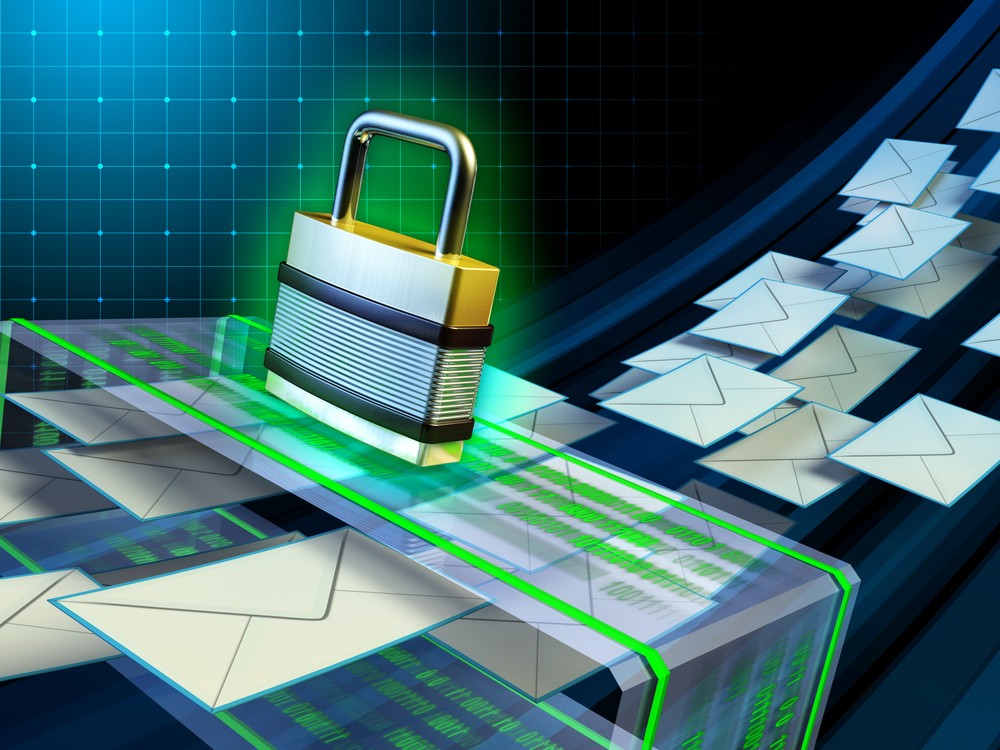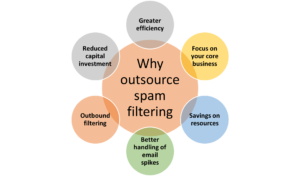As technology continues to shape our lives, email remains a primary communication tool for businesses but is also a prime target for cybercriminals. Email security and collaboration tools must evolve as organizations adapt to the growing threats and shifts in workplace dynamics. With cloud technologies, artificial intelligence (AI), and the increasing need for remote collaboration, future trends hold significant advancements in these areas.
RELATED: The Best Spam Filter for Business – Key Factors to Consider
In this blog, we’ll explore the emerging trends shaping the future of email security and collaboration and how customer feedback influences new developments.
1. AI-Powered Threat Detection
AI and machine learning will play a pivotal role in the future of email security. Email systems are increasingly attacked by phishing, spear-phishing, and ransomware campaigns. Traditional security filters are no longer enough, and AI can help bridge the gap by quickly identifying evolving threats in real-time.
AI-powered systems can scan billions of emails to identify suspicious patterns, automatically flagging potentially harmful content. Predictive analytics will also improve email security, helping companies anticipate and block threats before they manifest.
2. End-to-end encryption as the Default
With privacy regulations such as GDPR and HIPAA tightening data protection standards, end-to-end encryption will likely become the default for most email services. This encryption ensures that only the sender and recipient can view the content of emails, making it nearly impossible for third parties to intercept sensitive information.
More businesses will adopt encryption technologies for all internal and external communications, securing corporate data from prying eyes.
3. Zero Trust Architecture
Zero Trust is a security model that assumes all network traffic is untrusted until verified. This framework will become increasingly prevalent in email systems, ensuring that emails are authenticated and safe at every step of the communication process.
Organizations can prevent unauthorized access to sensitive information by applying zero-trust principles. Future email security solutions will integrate multi-factor authentication (MFA) and behavioral analytics to enhance identity verification and email protection.
4. Seamless Integration with Collaboration Tools
Collaboration platforms become central to business operations as the workplace becomes more distributed. Future email systems will seamlessly integrate with popular collaboration tools like m@ilsafi, Slack, Microsoft Teams, and Zoom. This integration will allow teams to effortlessly switch between email and collaborative workflows, streamlining communication and project management.
We will likely see unified communication platforms combining email, instant messaging, video conferencing, and task management under one roof. This consolidation will improve productivity while ensuring secure and encrypted communication across all channels.
5. Increased Focus on User Training and Awareness
Human error remains a significant vulnerability, no matter how advanced email security becomes. Companies will increasingly invest in training employees to recognize phishing attempts, social engineering, and other email-based attacks.
Cybersecurity awareness programs will be crucial for reducing risks and educating employees about the latest threats. Future email security platforms may also integrate real-time training, offering warnings and guidance as users interact with potentially risky emails.
Customer Feedback Shaping Future Trend Developments
At MailSafi, customer feedback is central to shaping our product development. We believe in listening to our users and incorporating their needs into future service enhancements. Here’s how customer input has influenced some of our upcoming developments:
- Improved Spam Filters and Phishing Detection– Many customers have expressed the need for enhanced spam filters and better phishing detection. In response, we are improving our spam filter algorithms and deploying AI-driven models to identify and block phishing emails more accurately.
- Customizable Security Settings Some customers have requested more control over their email security settings. We are developing customizable security options that allow businesses to tailor their email protection according to specific needs, from stricter spam filters to more frequent security audits.
- Enhanced Reporting and Analytics Understanding the security status of your email system is crucial. Customers have asked for more detailed reporting tools, and we are excited to announce the introduction of enhanced dashboards and analytics. These reports will provide real-time insights into your email security, helping you make informed decisions about your protection strategies.
Conclusion
The future of email security and collaboration is bright, with AI, encryption, and seamless integration leading the way. As cyber threats evolve, businesses need robust tools to stay ahead of the curve and protect their communications. By embracing these future trends, organizations can secure their data, improve collaboration, and enhance overall productivity.
READ ALSO: Microsoft Office 365 Total Protection with MailSafi
At MailSafi, we are committed to providing our customers with innovative solutions addressing current and future email security challenges. With AI-driven threat detection, end-to-end encryption, and seamless collaboration integrations on the horizon, we look forward to helping businesses stay secure and competitive in the digital age.
Stay tuned for more updates as we continue to enhance our services based on your feedback and the latest industry trends. Secure your future with MailSafi—where innovation meets security.
![]()




